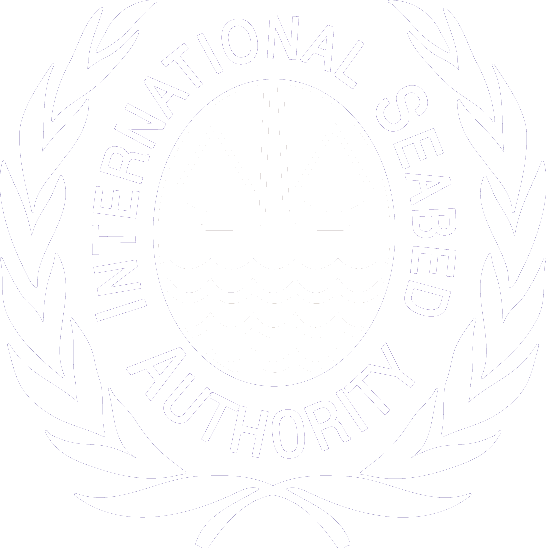An ISA-funded workshop held in Vancouver in May 2011 has resulted in a study titled Seamount benthos in a cobalt-rich crust region of the central Pacific: conservation challenges for future seabed mining.
The paper authored by scientists Thomas A. Schlacher, Amy R. Baco, Ashley A. Rowden, Timothy D. O’Hara, Malcolm R. Clark, Chris Kelley and John F. Dower conclude that several implications for the design of spatial management and conservation tools with respect to mining are :
- conservation of seamounts outside the cobalt-rich crust region is unlikely to capture the full range of ecological features found inside the region;
- conservation areas need to encompass a broad bathymetric gradient;
- ideally, mining blocks on individual seamounts should not exceed 2 km in length. Overall, the life history characteristics and morphological traits of the deep-water invertebrate fauna typical of seamounts in the region imply that any recovery from mechanical impacts is likely to be very slow.
The aim of the workshop was to provide biological information essential for effective conservation planning of deep sea features to assist in the development of environmental guidelines for mining operations on seamounts.
The results of the findings supersedes ISA Technical Study No. 8 which was the results of an earlier study also commissioned by the ISA to assess patterns of community composition and diversity on seamounts with and without cobalt-rich crusts and the factors that determine these patterns.

